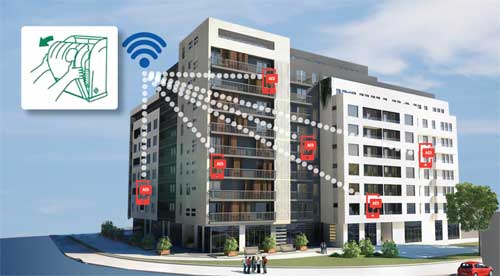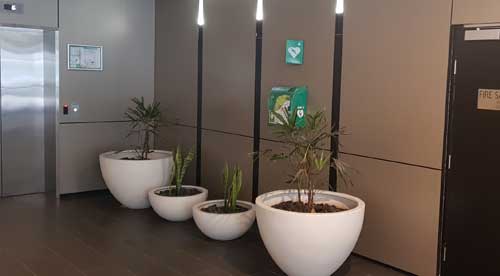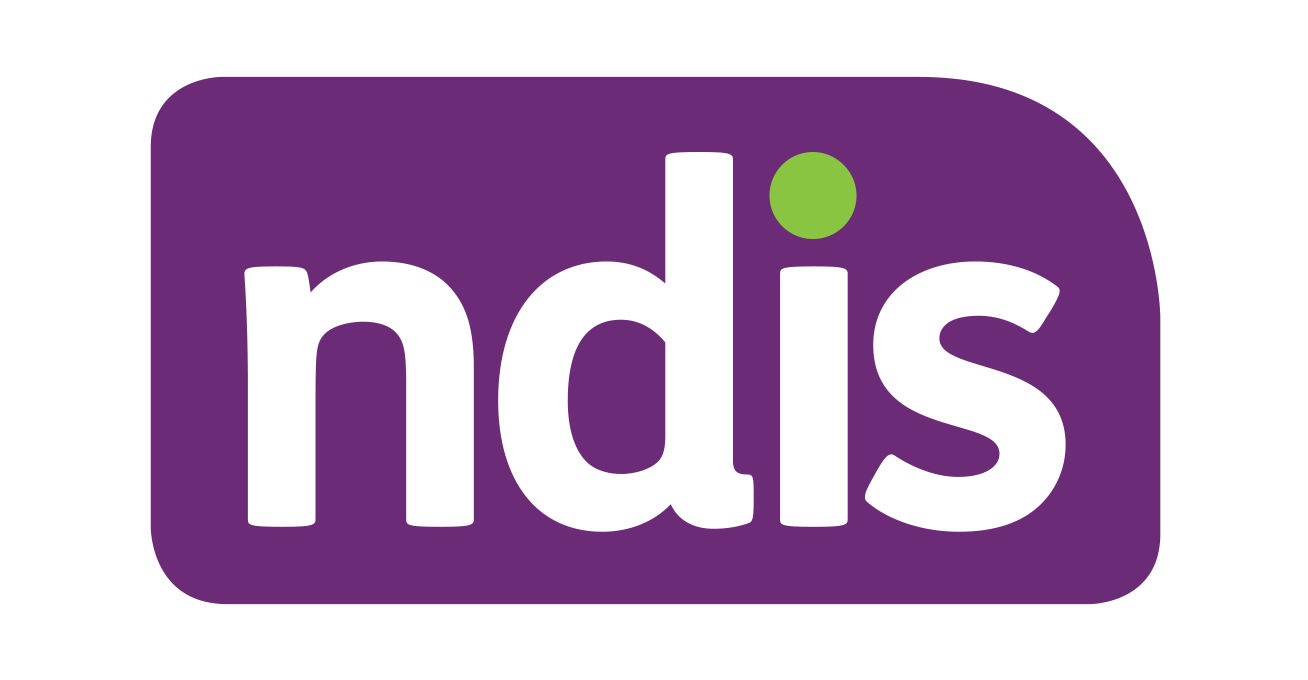Creating a Safer Residential Community


Sudden cardiac arrest kills almost 30,000 Australians every single year, and around 70% of all cardiac deaths occur in the home.
Survival rates are extremely poor and unfortunately has remained at around 7-10% despite the best efforts of the ambulance to arrive as quickly as possible to the scene.
Fortunately, there is a treatment for a sudden cardiac arrest by using a public use Automatic External Defibrillator also known as an AED.
Designed to be used by people with little or no experience, an AED will only deliver a shock to a victim of cardiac arrest so you cannot hurt someone if you follow the AEDs visual and verbal instructions.
If used in the first few minutes of the medical event, survival rate can dramatically increase to around 70% or more and could make the difference between life and death.
AEDs should be easily accessible
Access to an AED in your gym, pool, car park or foyer is the key to survival and automatically alerting other trained residents within your building who can respond can only increase this survival rate.
It takes longer for emergency responders to reach those living in high rise apartments
During a sudden cardiac arrest, it only takes minutes for brain damage to occur. After 12 minutes without treatment, the survival rate is less than five per cent.
In most cases, ambulances often are not able to arrive in the crucial first few minutes. In high-traffic urban areas, peak hour traffic may radically alter emergency responder's arrival. In rural areas, they have to travel long distances.
In Australia, the average ambulance response time after calling 000 is over 10 mins or more. Once arrived, it can take longer for the paramedics to then reach the patient due to slow elevators and limited access. The higher up you are, the longer it takes first responders to reach you.
Anyone can use an AED
Automatic External Defibrillators or AEDs are easier than you would think.
AEDs are portable, lightweight and can be very easily used by non-medical people. Most AEDs even have automated voice prompts and images to guide you through simple steps to operate the device.
In Australia, in fact worldwide, once you have made the critical 000 call, in an event where the patient is unconscious, unresponsive, and not breathing adequately enough to sustain life, the operator will instruct the caller to start CPR and bring an AED to the scene if one is available.
In Australia anyone is permitted to use an AED to save a life.
The 'SMART' Monitoring Strata Solution could help increase survival
Remote monitoring of your AED is the simplest and fastest way to alert other residents to an emergency in your community or building.
Our range of 4G 'SMART' AED cabinets and AED Emergency monitors will continually watch your AED/s no matter where and automatically 'CONNECT' your people via automated SMS and email 'EMERGENCY' alerts in real-time.
Our cabinets and monitoring devices are independently powered (do not use vital energy from the AED), cost effective and designed for every AED model so whether you are looking for a new AED system or already have an existing AED, we have the solution to give you peace of mind that your defibrillator is fully operational and ready to be used.
Australian Defibrillators can design, install, monitor and maintain your system including onsite training for residents and management.















